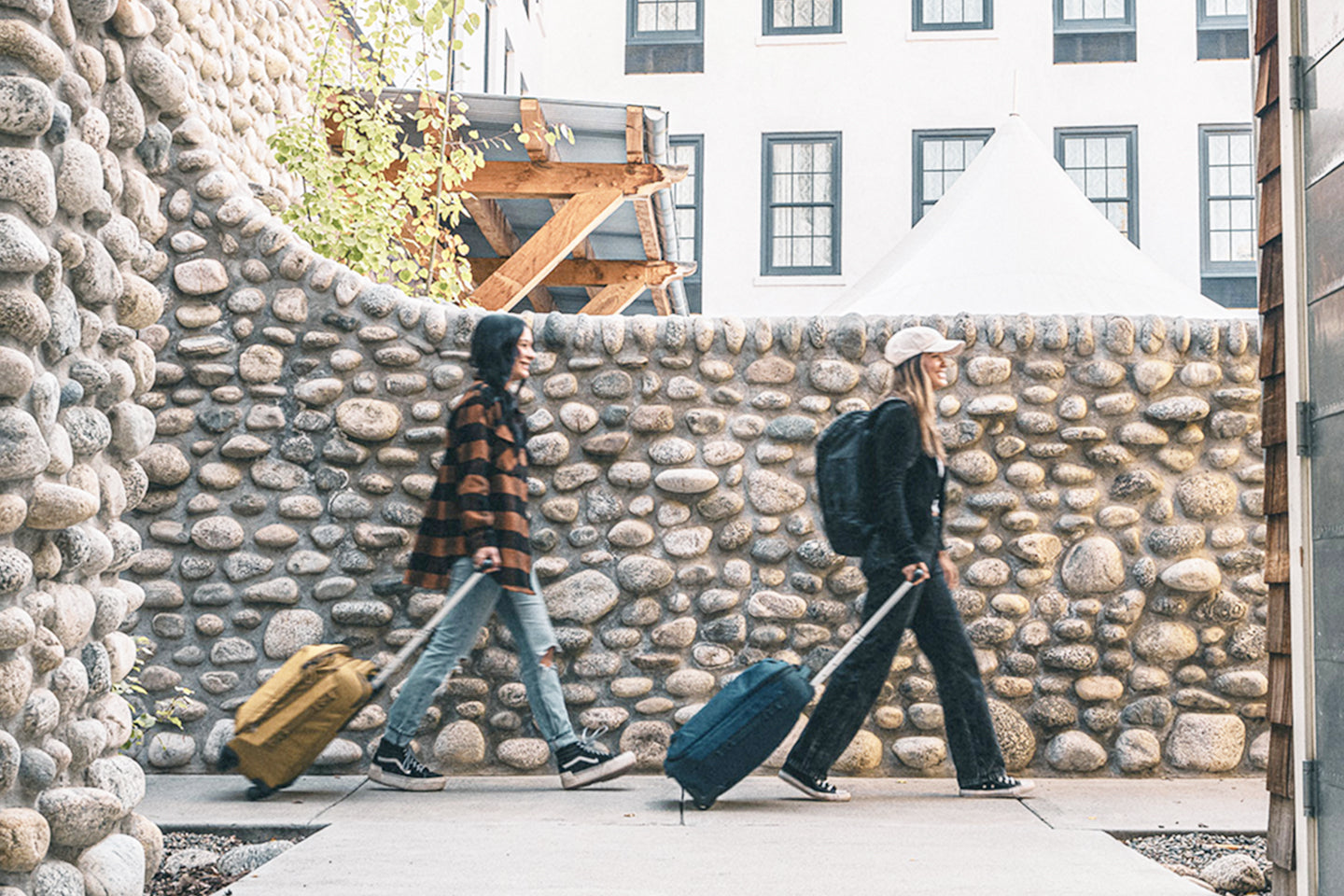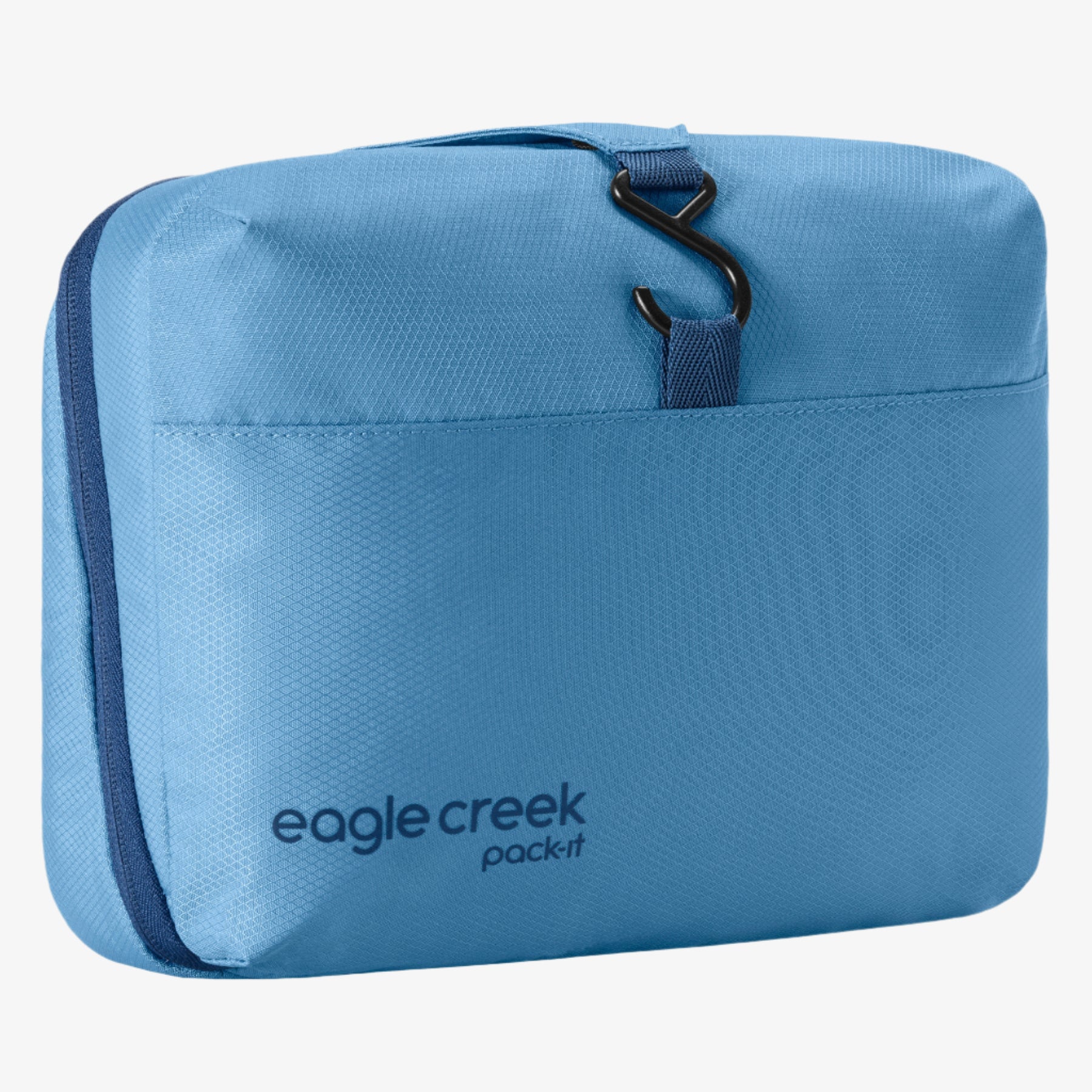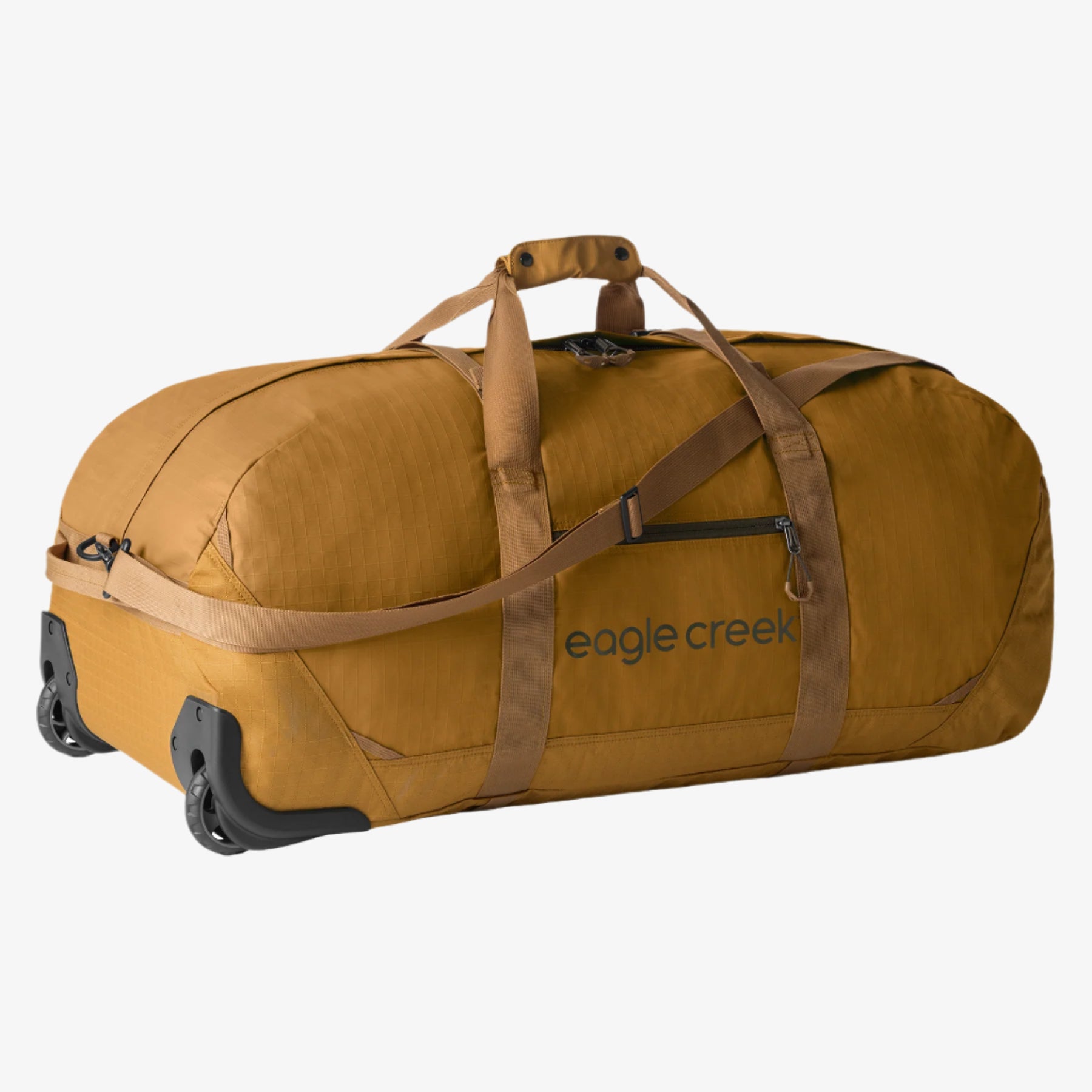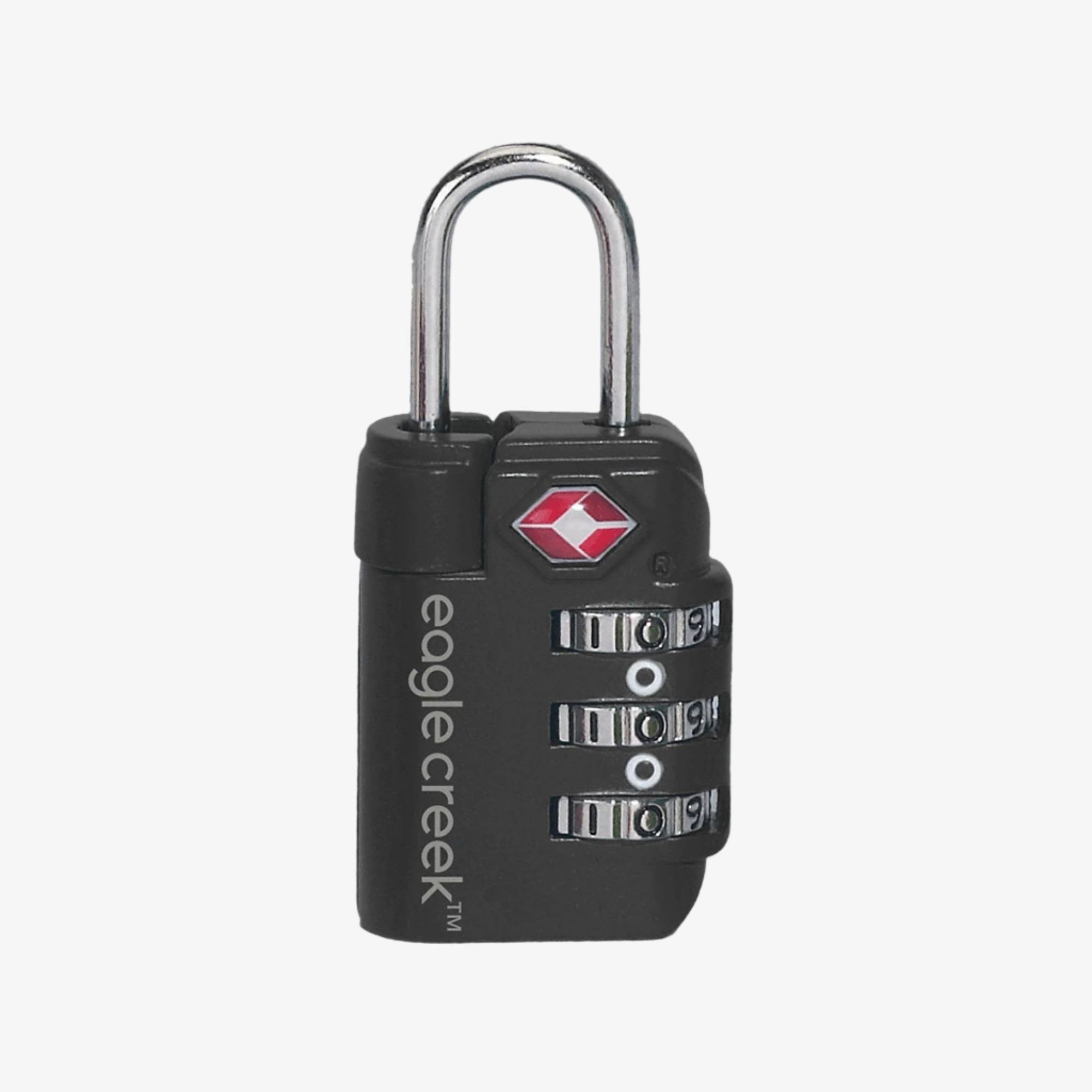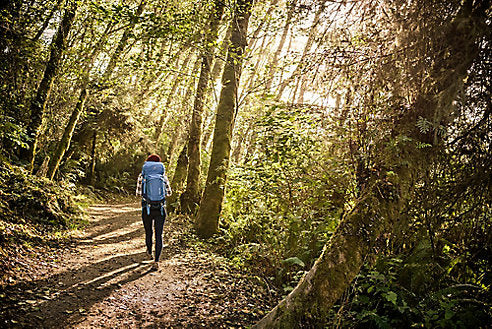A Beginner’s Guide To Hiking

When you’re ready to step off the treadmill and take fitness outdoors, a hike could be the perfect way to embrace nature and get your heart pumping. Before you grab your bag and lace up your boots, it’s important to make sure that you’re prepared so you don't injure yourself or get lost. Here's how to put safety first so you can enjoy yourself on the trails.
1. Start Off Small.
When it comes to selecting a trail, it’s better to start small. You might be used to walking three miles on the treadmill, but the outdoors isn’t directly comparable. Changes in altitude, slope, and terrain are a built-in challenge and a reason to increase your hiking distance gradually. For instance, trudging uphill in mud at a high altitude will take a lot more strength and endurance than a typical stroll. When choosing a route, consider how much time you have and your current fitness level. The longer and steeper a trail is, the more difficult it’s going to be. For your first time out, aim for a "class one," well-maintained, and heavily traveled trail with little elevation and mild steepness. Having a destination in mind, whether it be a sunset view or a majestic waterfall, can also be an added motivator for your first outdoor venture.
2. Pace Yourself.
Before you head out, know how long your trail is and how long it generally takes you to walk a mile—and then do the math so that you're back before dusk. If you’re new to hiking, plan on covering one to two miles per hour, because you may need to move slowly and/or factor in time for breaks. While the elevation on your first hike should be minimal, keep in mind that the higher you go, the slower you’ll hike. That's because you'll be climbing uphill, and the higher you go, the rockier the surface (usually). Instead of going at full speed from the start, pick a pace that you can maintain and stick with it.
3. Think: Footwear First.
Basic hikes don’t require a lot of technical gear, but proper footwear is essential. The most important thing is a good fit. Material that’s breathable and waterproof like GORE-TEX will keep you comfortable if the weather turns. For beginner-friendly routes, trail shoes, light hiking boots, or sometimes even running sneakers will suffice. Just be sure to break in any new footwear for at least a week before your adventure to avoid blisters and aches.
4. Learn The Trail.
Map out your entire route—there and back—before you go. Know what to expect in terms of terrain and elevation, and figure out when you'll leave and when you should expect to finish. Check out guidebooks at local bookstores and visitors' centers. Once you’ve started your hike, listen to your body. Slow down or stop for a break if you’re tired, have a snack if you’re hungry, and take a sip of water if you're thirsty.
5. Pack Smart.
Consider the weather. Check out sites like the National Oceanic and Atmospheric Administration (www.noaa.gov), which uses Google Maps to generate a five-day forecast. Avoid cotton, which gets damp and clammy, and wear synthetics instead. Throw a warm, wind-blocking layer in your pack. In case you need fuel for your trek, carry some high-quality, energy-filling foods. Items like nuts, trail mix, and energy bars are smart choices. Also, keep hydration in mind and bring a reusable water bottle. Don't forget sunglasses, a hat, insect repellant, and a bottle of sunscreen. If you have room, a small first aid kit is also a good idea. Carry everything in a comfortable bag with adjustable shoulder and waist straps to prevent rubbing and movement.
6. Find A Buddy.
One of the best ways to learn is to tag along with a more-experienced hiker. Not only will you have a companion to keep you company, but you’ll have a built-in guide who can show you the ropes. Regardless, be sure to tell family members and/or friends exactly where you're going and when before setting out on the trail. Remember that you may or may not have cell service where you're going.
7. Respect Nature.
Trails stay nice only if you keep them that way. Carry out everything that you carried into the woods—keeping any garbage in a smaller bag that's separate from your other items—and leave foliage and trail markers alone. Basically, do what you can to minimize your impact while taking in nature’s beauty.
Are you an experienced hiker? What tips would you share with a beginner? Share your two cents in the comments, below.
While Eagle Creek is here to provide tips and insights on travel, we cannot accept any responsibility for any potential consequences arising from the use of this information. Always conduct your own research and use your best judgment.
Related Links (from Eagle Creek blog):






